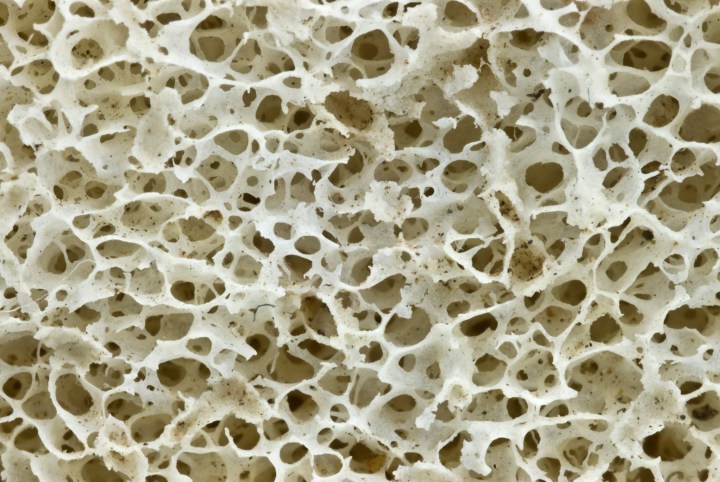
What will our future cities be built from? Today, steel and concrete makeup most of our buildings and allow for remarkable construction. But, before they set the bases and frames for structures, these materials significantly contribute to carbon emissions because they demand so much energy to heat during processing. In fact, the processing of steel and concrete alone can contribute to ten percent of the global carbon emissions.
Either we need to find a less energy-intensive way to process concrete and steel, or we need to develop new buildings materials that are more energy efficient. Two researchers from the University of Cambridge are working on the latter by looking to nature, according to a feature published on the university’s website.
In the Cambridge Department of Engineering, Dr. Michelle Oyen uses support for the U.S. Army Corp of Engineers to develop alternative building materials that take inspiration directly from structures found in nature and within our own bodies — bone and eggshells. Human bone is about five times stronger than steel. Eggshells aren’t quite as strong but remain impressively resistant given their thinness.
By processing artificial bone and eggshell at room temperature, Oyen hopes to develop an energy-efficient alternative to concrete and steel that maintains equal or even better building potential.
In the Cambridge Department of Architecture, Dr. Michael Ramage is also investigating natural alternatives to concrete and steel, though his material is one which builders have long been acquainted with. Ramage thinks timber could one day be used to build a skyscraper in London and, to that end, he’s submitted a blueprint to the capital’s mayor for an 80-story, 1,000-foot building.
One of the biggest obstacles both Oyen and Ramage think we face in adopting these new materials (or adopting new applications for old materials) is changing the way we view our cities. For Oyen, the conservative nature of the construction industry has to be overcome. She notes that current construction standards are based on concrete and steel materials, and that we will need to reconsider these standards to implement other materials.
Ramage agrees that a rethink is necessary and believes that it will bring a welcome change. Since timber buildings require much less on-site construction than concrete and steel, Ramage thinks our cities may end up being a lot quieter. Now, that’s news for sore ears.


